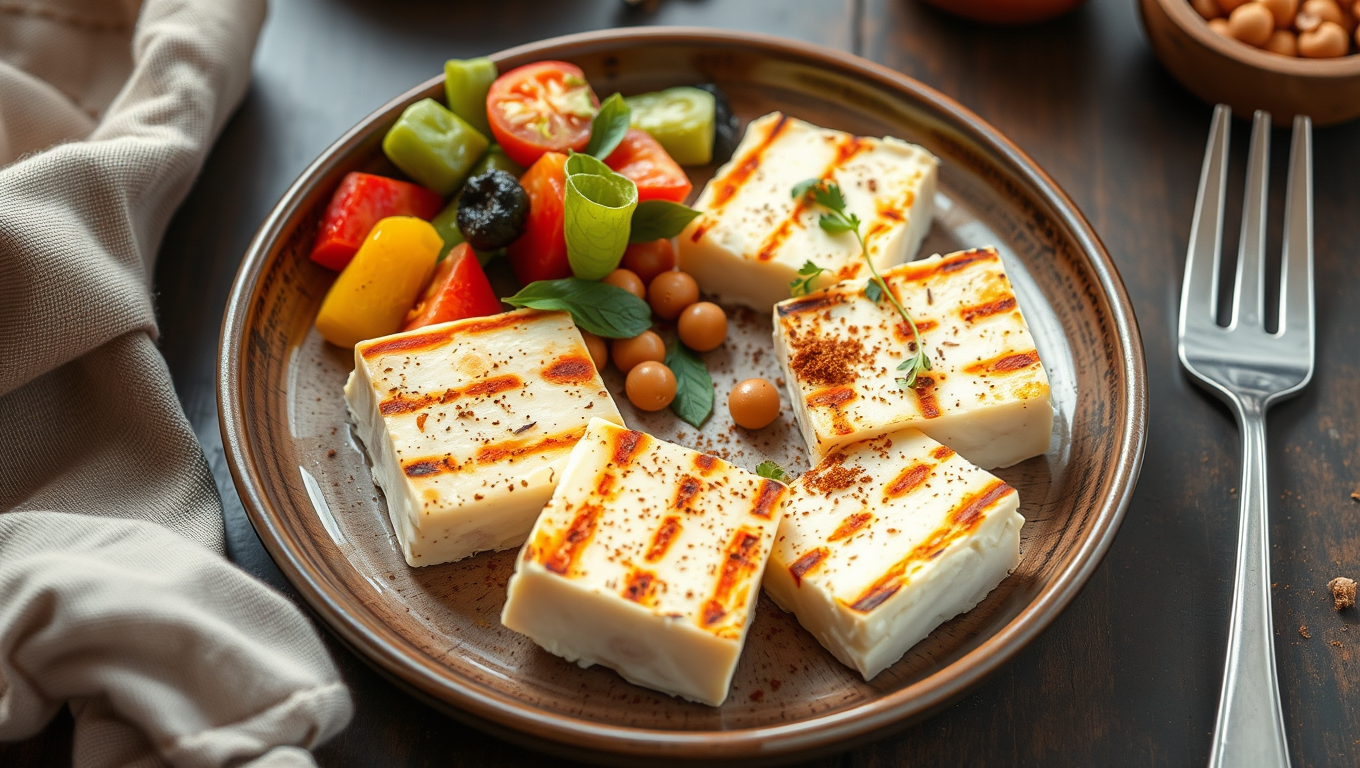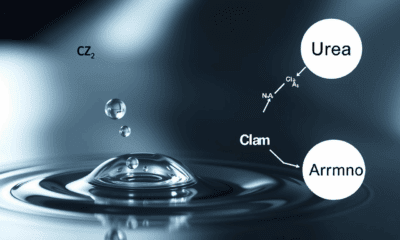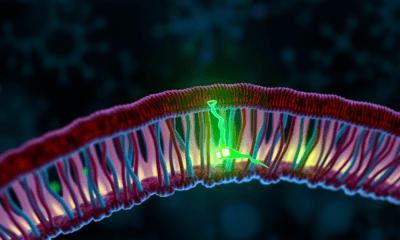While we try to keep things accurate, this content is part of an ongoing experiment and may not always be reliable.
Please double-check important details — we’re not responsible for how the information is used.
Agriculture and Food
“A Sustainable Solution: Researchers Create Hybrid Cheese with 25% Pea Protein”
A significant amount of the milk used in a popular cooking cheese can be substituted with plants, all while maintaining its taste and texture. Researchers have demonstrated this by creating a hybrid version of paneer, a popular South Asian cheese, with twenty-five percent pea protein. The result is a solid step towards more sustainable dairy products with nutritional benefits.

Agriculture and Food
The Sleeping Side Preference of Cats: A Survival Strategy?
Cats overwhelmingly choose to sleep on their left side, a habit researchers say could be tied to survival. This sleep position activates the brain’s right hemisphere upon waking, perfect for detecting danger and reacting swiftly. Left-side snoozing may be more than a preference; it might be evolution’s secret trick.
Agriculture and Food
The Unexpected Sinking Speed of Ocean Particles: A Surprising Twist on Marine Snow
In a twist on conventional wisdom, researchers have discovered that in ocean-like fluids with changing density, tiny porous particles can sink faster than larger ones, thanks to how they absorb salt. Using clever lab experiments with 3D-printed agar shapes in a stratified water column, scientists demonstrated that porosity and particle shape are major factors in determining sinking speed. This finding could revolutionize how we understand carbon cycling, microplastic behavior, and even strategies for ocean-based carbon capture.
Agriculture and Food
The Hidden Pause: How Bumble Bee Queens Keep Their Colonies Alive
Bumblebee queens don t work nonstop. UC Riverside scientists discovered that queens take strategic reproductive breaks early in colony formation likely to conserve energy and increase the chance of survival. These pauses aren t due to stress but are a built-in response to brood development stages. The study shows queen behavior is far more flexible and dynamic than previously thought, potentially offering new insights into how to protect declining bee populations.
-

 Detectors3 months ago
Detectors3 months agoA New Horizon for Vision: How Gold Nanoparticles May Restore People’s Sight
-

 Earth & Climate4 months ago
Earth & Climate4 months agoRetiring Abroad Can Be Lonely Business
-

 Cancer3 months ago
Cancer3 months agoRevolutionizing Quantum Communication: Direct Connections Between Multiple Processors
-

 Diseases and Conditions4 months ago
Diseases and Conditions4 months agoReducing Falls Among Elderly Women with Polypharmacy through Exercise Intervention
-

 Chemistry3 months ago
Chemistry3 months ago“Unveiling Hidden Patterns: A New Twist on Interference Phenomena”
-

 Albert Einstein4 months ago
Albert Einstein4 months agoHarnessing Water Waves: A Breakthrough in Controlling Floating Objects
-

 Earth & Climate3 months ago
Earth & Climate3 months agoHousehold Electricity Three Times More Expensive Than Upcoming ‘Eco-Friendly’ Aviation E-Fuels, Study Reveals
-

 Alzheimer's Research3 months ago
Alzheimer's Research3 months agoUnlocking the Secrets of Cell Behavior: New Pathways Discovered for Drugs to Act on Cells






























